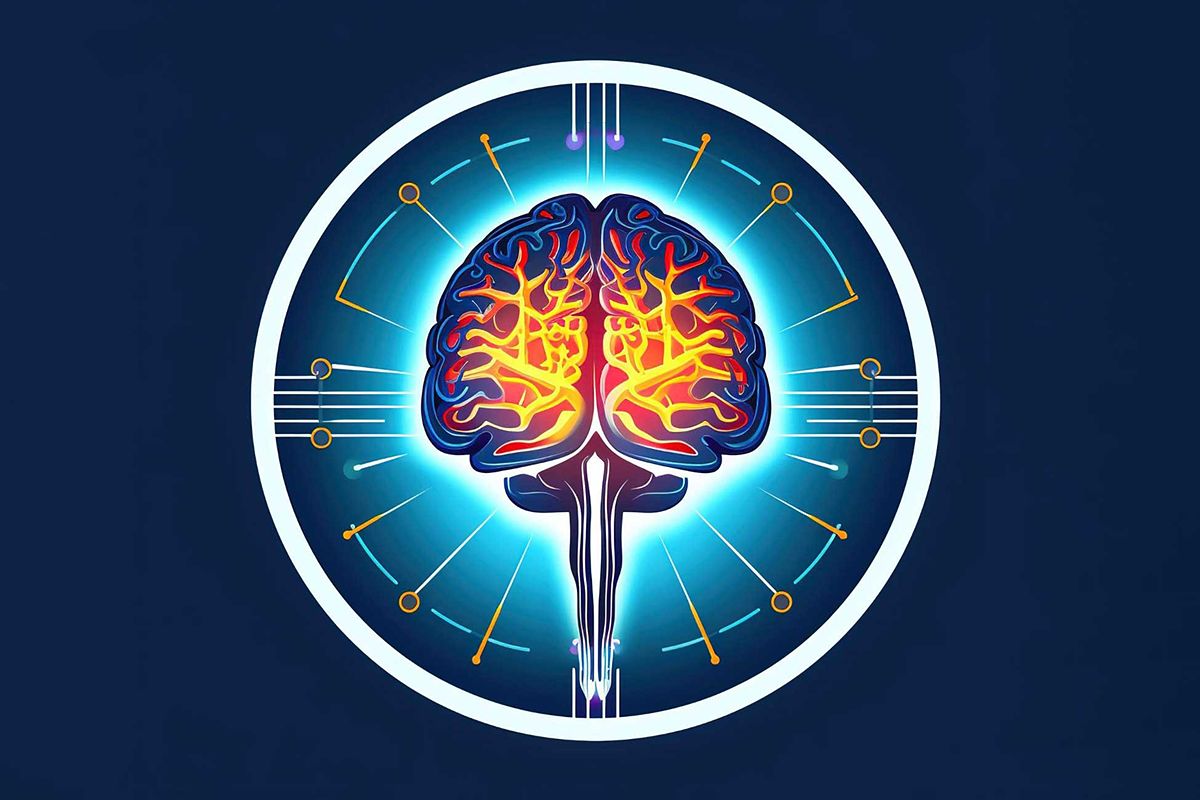Scientists have discovered a brain activity pattern that prevents humans from getting lost. This breakthrough could help understand and treat neurological disorders like Parkinson's and Alzheimer's. The findings also have implications for robotics and artificial intelligence systems. Learn more about this groundbreaking research.
Understanding How the Brain Prevents Getting Lost
Scientists have made a breakthrough in understanding how the human brain prevents us from getting lost. By studying brain activity patterns, they have located the internal neural compass responsible for orienting ourselves in space and navigating our environment.
This discovery is significant for understanding neurological disorders such as Parkinson's and Alzheimer's, where navigation and direction are often affected. It also draws comparisons to neural codes observed in rodents.
Dr. Benjamin J. Griffiths, the lead author of the study, emphasized the importance of accurately tracking one's direction: "Even small errors in estimating where you are and which direction you are heading in can be disastrous. We know that animals like birds, rats, and bats have neural circuitry that keeps them on track, but we know surprisingly little about how the human brain manages this out in the real world."
Research Methodology: Studying Brain Activity Patterns
To investigate further, the researchers recruited 52 healthy individuals to participate in motion-tracking tests. Using portable EEG equipment, the scientists captured the participants' brain activity as they shifted their heads in response to cues displayed on computer screens. Additionally, signals from ten subjects who were already receiving intracranial electrode monitoring for various diseases, including epilepsy, were also analyzed.
Each task required the participants to move their heads or occasionally their eyes, and the resulting brain signals were recorded using intracranial EEG (iEEG) and EEG caps. The researchers were able to isolate a finely tuned directional signal that preceded physical changes in head direction, even after accounting for potential confounding factors such as muscle movement or the participant's position within the environment.
Dr. Griffiths explained, "Isolating these signals enables us to focus on how the brain processes navigational information and how these signals work alongside cues such as visual landmarks. Our approach has opened up new avenues for exploring these features, with implications for research into neurodegenerative diseases and even for improving navigational technologies in robotics and AI."
Implications for Neurological Disorders and Robotics
The discovery of this brain activity pattern has significant implications for understanding and treating neurological disorders like Parkinson's and Alzheimer's, where navigation and direction are often impaired. By unraveling the neural processes involved in human navigation, scientists can gain a better understanding of these disorders and potentially develop new interventions to improve the lives of those affected.
Furthermore, this knowledge could contribute to advancements in navigational technologies used in robotics and artificial intelligence systems. Understanding how the brain keeps us on track in the real world can help improve navigational algorithms and enhance the capabilities of robots and AI systems.
Future Directions: Exploring Memory and Navigational Abilities
Building on their findings, the scientists plan to investigate how the brain navigates through time and explore whether similar neuronal activity is responsible for memory. By understanding the neural mechanisms underlying memory and navigation, researchers can further unravel the mysteries of the brain and its impact on cognition.
This groundbreaking research provides valuable insights into the mechanisms underlying human navigation and direction. By unraveling the neural processes involved, scientists can gain a better understanding of disorders that affect spatial orientation and potentially develop new interventions to improve the lives of those affected. Furthermore, this knowledge could contribute to advancements in navigational technologies used in robotics and artificial intelligence systems.
The study, published in the journal Nature Human Behaviour, marks a significant step forward in our understanding of how the human brain keeps us on track in the real world. With further research, we may unlock even more mysteries of the brain's navigational abilities and its impact on memory and cognition.

